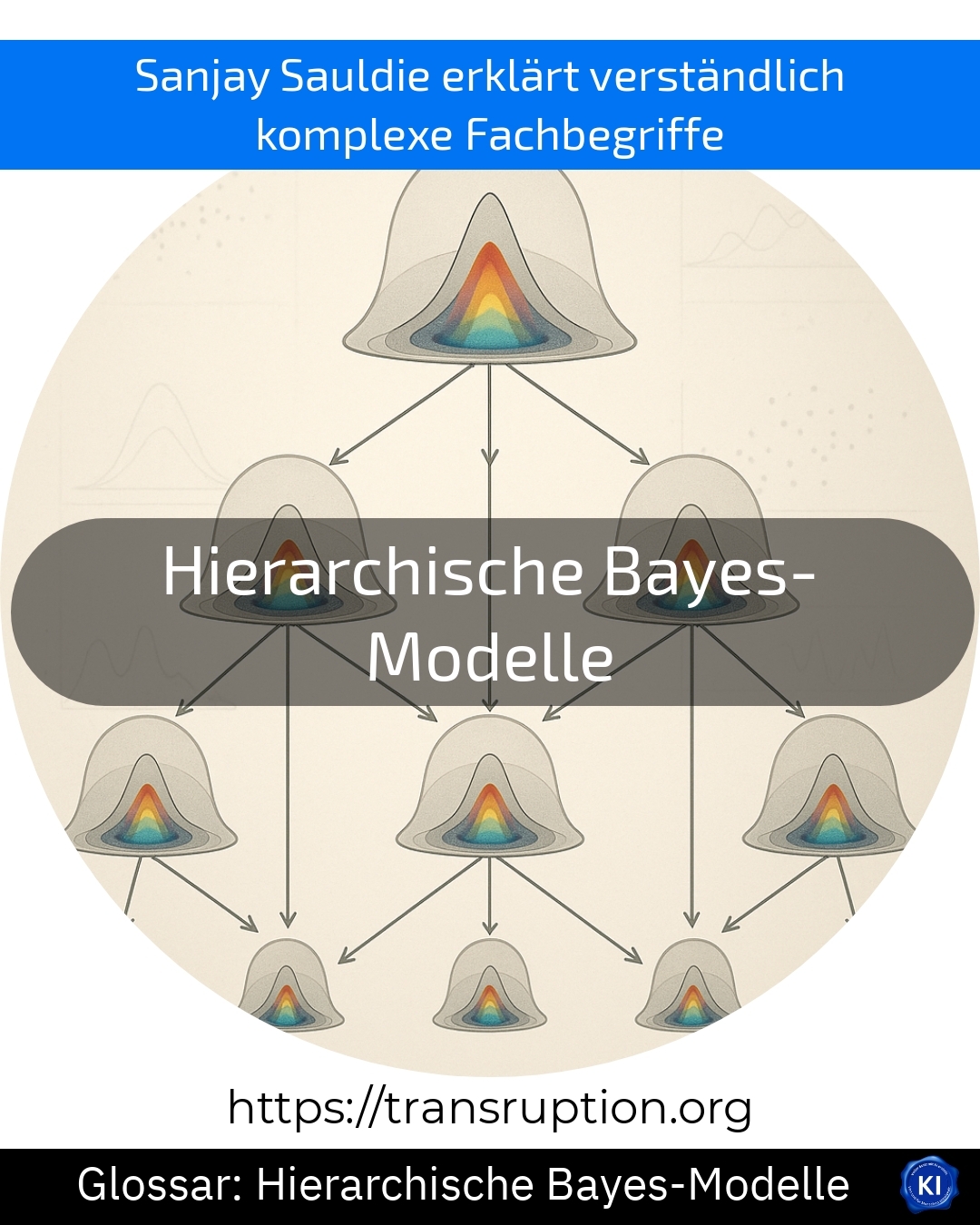Hierarchical Bayesian models are part of the world of big data, smart data and artificial intelligence. These models help to make better predictions from large and often complex amounts of data. The term "hierarchical" means that the model takes different levels into account - for example, individual customers and then entire customer groups. "Bayes" stands for a method that uses probabilities to optimise the analysis of existing data.
A frequently used example can be found in online retail: a company wants to predict the purchase probability of individual customers. Hierarchical Bayesian models not only take into account the purchasing behaviour of each individual customer, but also recognise patterns in the entire customer group. In this way, targeted offers can be made that really suit the person in question.
Such models are used wherever data from different sources and at different levels needs to be brought together in a meaningful way. This enables more precise analyses, better predictions and optimised decisions, for example in marketing, pricing strategies or product development. Hierarchical Bayesian models therefore make modern data analysis even smarter and more effective.















